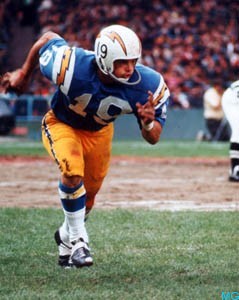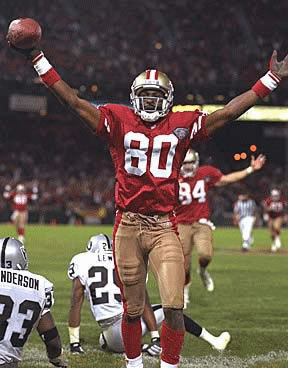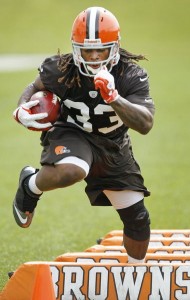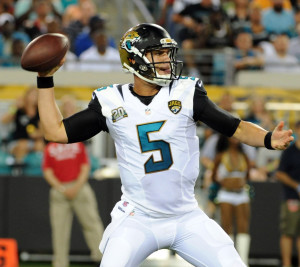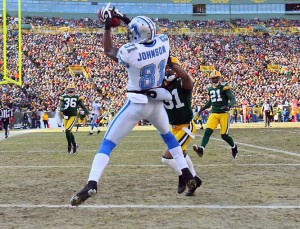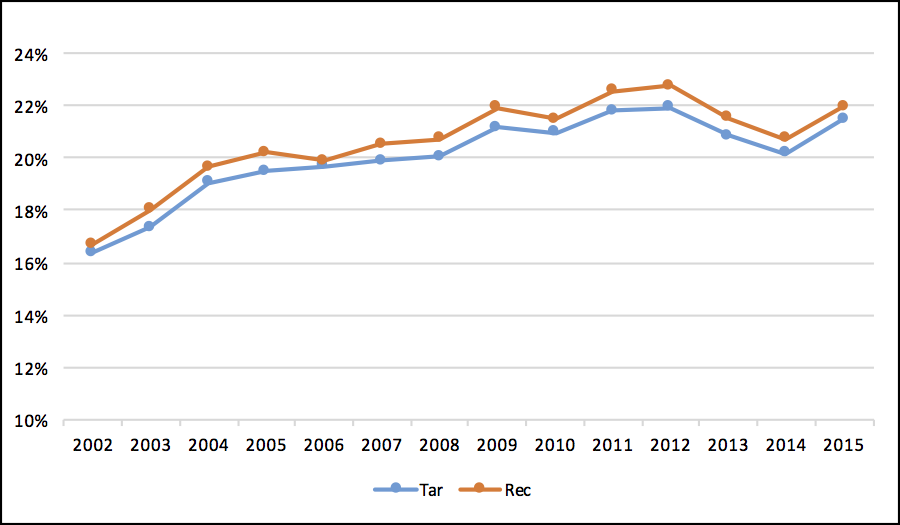In 1991, Dave Krieg led the NFL in completion percentage. He completed a career-high 65.6% of his passes, and while that mark was very good for that era, it doesn’t mean Krieg was great that season. In fact, he arguably wasn’t even good: Krieg actually finished just 24th in ANY/A that year.
One reason, I think, that Krieg was able to lead the NFL in completion percentage is because Krieg “ate” a lot of his incomplete passes. What do I mean by that? Krieg took a ton of sacks — he was sacked every ten times he dropped back to pass. When under duress, some quarterbacks eat the ball, to avoid an interception; that’s bad (well, it’s better than n interception) but it doesn’t get graded that way when calculating completion percentage. Other quarterbacks will throw the ball away; that’s good (assuming it isn’t intercepted) because no yards are lost, but it does hurt the quarterback’s completion percentage.
Even ignoring the yards lost due to sacks, fundamentally, a sack is no better than an incomplete pass. So why are quarterbacks who take sacks rather than throw the ball out of bounds given an artificial boost when it comes to completion percentage? Well, that’s largely just an artifact of how the NFL always graded things. The NFL was not always good at recording metrics, and somewhere along the way, sacks were either included as running plays, ignored, or included as pass plays. I don’t think a lot of thought went into it, but in my view, it makes the most sense to include sacks in the denominator when calculating completion percentage. Otherwise, we give undue credit to quarterbacks that take a lot of sacks, and penalize quarterbacks who throw the ball away when under pressure. [continue reading…]

